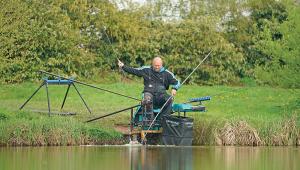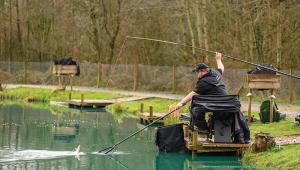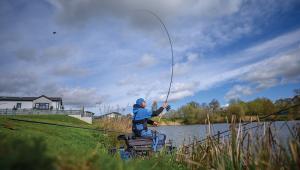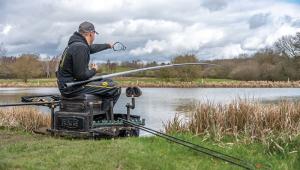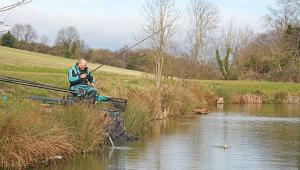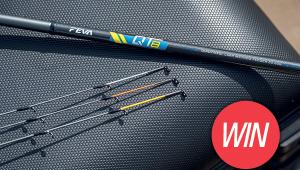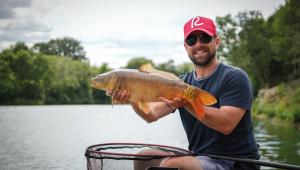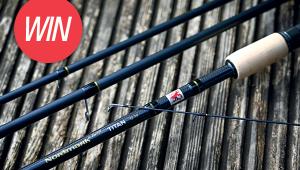Pole Fishing The Trent
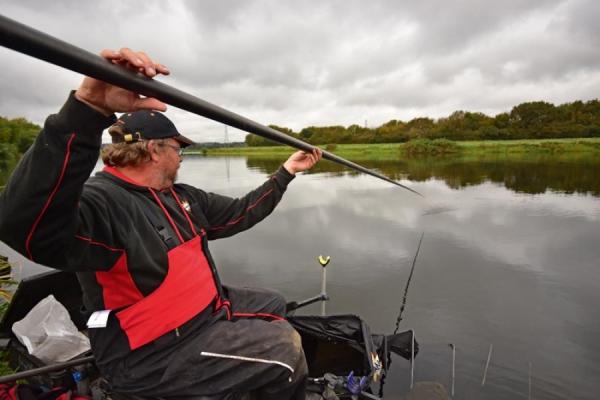
With the recent influx of silver fish, Dynamite Baits’ Rob Perkins reckons there has never been a better time to pole fish the River Trent.
I have been lucky enough to live within walking distance of the mighty River Trent all my life, and as a result I have witnessed the changes it’s undergone – some for better and some for worse. Currently, and happily, the river is in the best form it has ever been, with lots of roach, perch and dace along with all the bigger species the river holds all being found in abundance.
Regarding this, methods have traditionally revolved around rod-and-line techniques; however, in recent years there has been a shift toward more pole fishing, especially as the roach and dace shoals have increased tenfold.
But it’s not all about smaller species, as big perch, eels and even bream and barbel are regularly caught on the pole now.
Balling In!
I believe that this change is down to accuracy, as cupping and balling in groundbait and using baitdroppers all create a relatively small area of feed, which concentrates the fish. Balling in also has the added advantage of creating a commotion, which inquisitive fish will come and investigate.
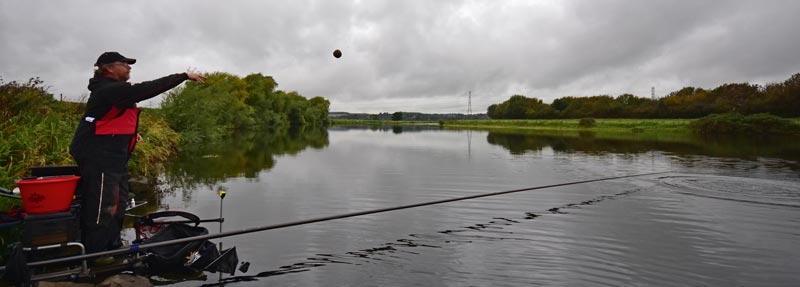
I generally use two methods to try and make the most out of my peg these days. The first is balling in large balls of groundbait. To be honest, it’s not really a new approach for me, as I have used it on the river for over 20 years now (well, I’m not called Uncle Baller for nothing!). The difference has come in the numbers of fish to be caught now and because of that change, it is much more of a go-to method than it always used to be.
I will use this tactic to target whatever is in my peg on the day, trying to give myself the chance of catching any smaller species, but hedging my bets and giving myself a chance of bonus fish. The groundbait I use is more for targeting roach and dace, but I’m happy that my other targets find it attractive too.
Ideally, I want the mix to be sticky and heavy, so that it will carry plenty of particles straight to the bottom, where I want them to settle and form a carpet of loose feed. With this in mind, I use a mix containing equal parts of Silver-X Roach, Frenzied Hemp Black and Silver-X River. I then bulk out the mix with around 40 per cent molehill soil. This creates a rich, dark heavy mix, which will go straight to the bottom and concentrate the fish there. The molehill also helps to break the balls down, once they touch the riverbed.
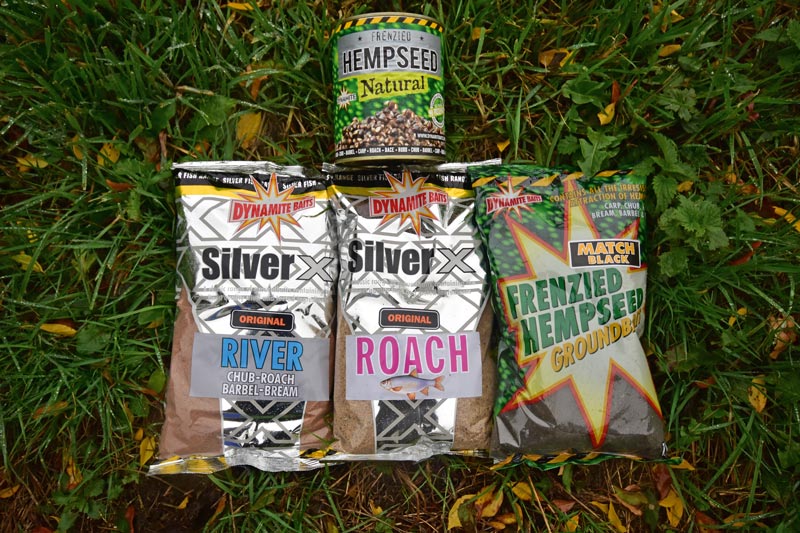
I also like to add plenty of particles to the mix and my initial feed will be 10 large balls, which will contain a pint of hemp, half a pint of casters, a few dead maggots and a good palmful of finely minced worms. This should give the fish plenty to graze on when they come and investigate the commotion made by throwing it all in! It should also be enough to hold any big fish, until I hopefully tempt them with my hook bait.
Over the top of this bombardment I will loose feed casters to draw in more fish, if the depth and flow allow. I will look to top up the swim when bites start to fade, by cupping in another ball of groundbait packed with particles.
Rig Choice
I usually set up three rigs, to offer slightly different ways of presenting my bait. These will firstly be a rig to run through at the pace of the river, which today – with a little extra water and flow on – is a 2g round-bodied float, shotted with a 1.75g olivette three feet from the hook and three No10 droppers spread below. This rig will allow me to waft a bait down the peg and should tempt fish into snatching at it before they miss out on an easy meal. I just lower it in above my feed and let it go without checking its progress down the peg.
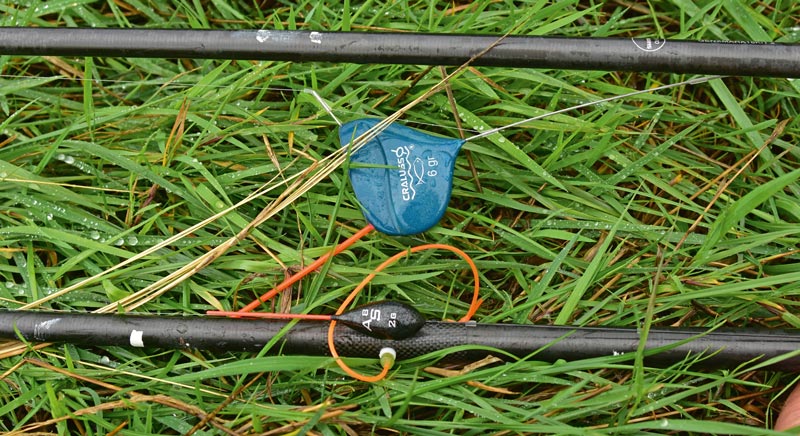
The second rig is a 3g round-bodied float. This is shotted as before and set four to six inches overdepth. This rig is used to tempt the warier and often bigger fish in the peg. I keep a tight line from the pole to the float, so that I can just gently check the pace of the float and ease my hook bait through the peg. I am not looking at stopping the float, just slowing it slightly or just checking it then releasing it to flutter the hook bait up and down in the water. Both these rigs are aimed more at smaller fish and they both carry 0.10mm hooklengths with either size 16 or 18 VMC 7007 hooks with a 4-6 Slik elastic.
My final rig is a sail float, which is designed to present a perfectly still hook bait on the bottom when I am looking for bigger fish. Today I have set up a 6g float, which is heavy enough to stop it riding up when held back against the flow. This is set up with a 0.18mm hooklength and a size 12 VMC 7004 for fishing worms and coupled with a 12-14 Slik elastic.
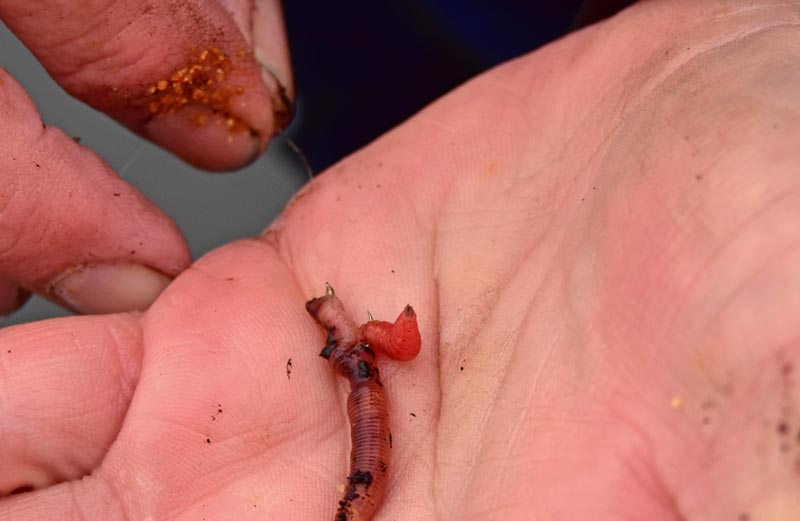
One point with this rig is that I use big back shot (2SSG) to help presentation. These are set about a foot below the pole tip to create a 90-degree angle and they really do help when trying to hold a bait still, especially in a wind. This rig is set anywhere between one and three feet overdepth, to give the fish time to take the hook bait before registering a bite.
The sail float rig brings me nicely on to my second line, as this rig is set up to use on both swims. My second swim is for targeting bigger fish with worms. Today the depth that I have close in has allowed me to feed this quite close at 10 metres, whereas my balling line is at 13 metres. This 10m line is fed positively with chopped worms and casters, putting in three large baitdroppers to kick start the peg, topping up when I feel it’s necessary. This could be when bites tail off or a smaller stamp of fish move in, or just to make something happen on a harder day.
The Session
Today, I have come to the Nottingham Anglers Association water at Shelford, on the Hamms Bridge section. This area is ideal for a pole approach as it offers a good depth of water close in.
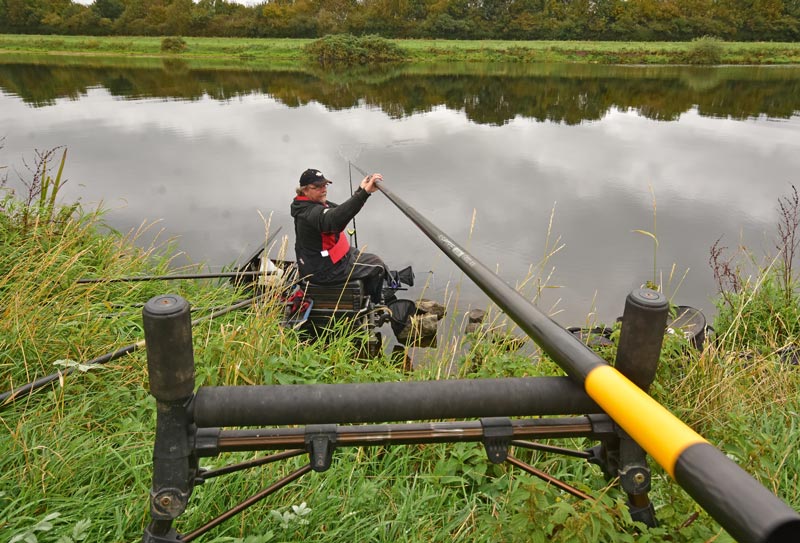
After launching my groundbait bombardment, I expected a quick response. Today though, I only managed a few small fish, so I quickly switched to my worm line to allow it to settle. This produced a bite almost every chuck from small perch on half a dendrabaena, but no better fish.
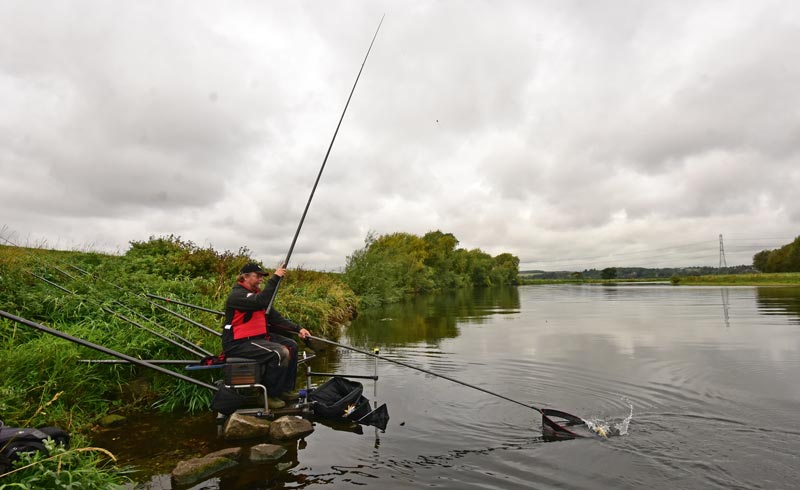
So, after an hour, I had another look on my groundbait line and found that the fish had definitely settled over the bait. I then caught a steady stream of perch up to about 1½lb with the 3g rig, with single maggot or caster being the best hook baits. After a couple of hours catching perch, the occasional decent roach and dace started to come to the net.
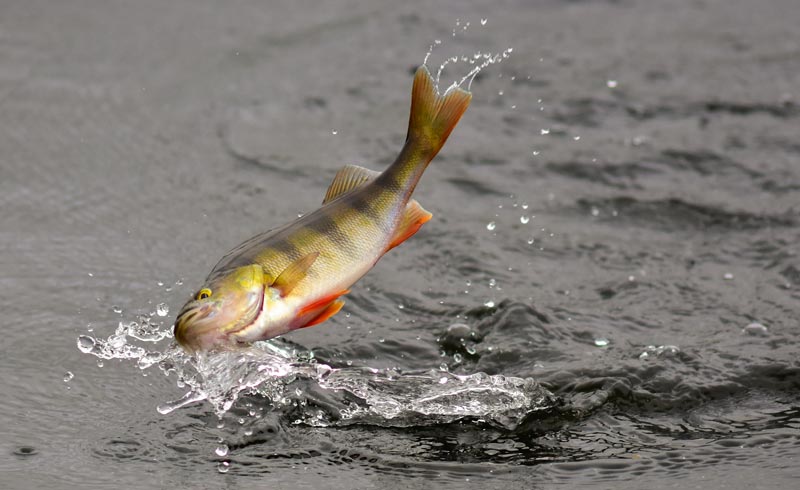
I kept trying my worm line from time to time and although I caught perch regularly, they were generally a small stamp. Despite not finding any bonus fish today, I have still managed to put 25lb plus of mainly perch in the net, showing that the pole can be a real match winner on the Trent these days.
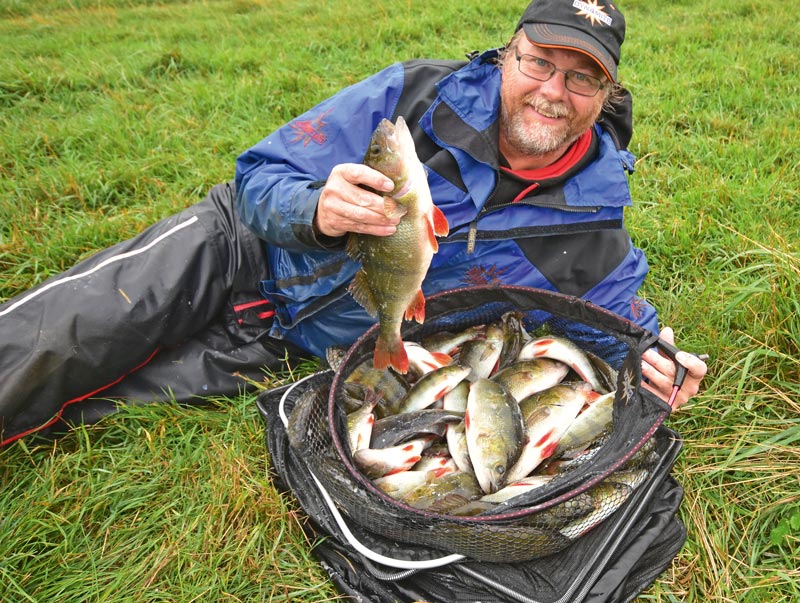
Words Rob Perkins
Pictures Mark Parker
- Log in or register to post comments

